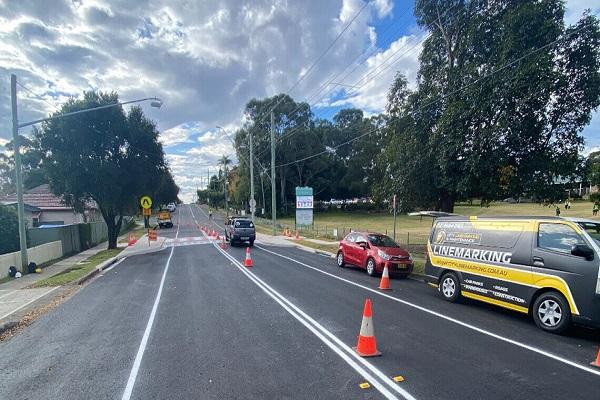Welcome to
On Feet Nation
Members
Blog Posts
Top Content
Benefits of Road Marking - Increase Your Safety
The practice of markings to roads, highways, parking lots, and other paved surfaces to direct and control traffic is known as road marking or road line marking. These markings show traffic lanes, pedestrian crossings, and additional crucial information comprising symbols, inscriptions, and lines of different widths and colors.
Road marking is used to clearly and consistently direct motorists, pedestrians, and bicycles, which lowers the risk of accidents and improves overall road safety. Moreover, road marking improves parking lot management, paved surface aesthetics, and traffic flow management.
Paint, thermoplastic, and tape are just a few materials that may be used to designate roads. The kind of material used is determined by several elements, including the temperature, the anticipated volume of traffic, and the desired lifespan of the markings.
The most typical substance used for road marking is paint. It is inexpensive, quick to dry, and simple to apply. Nevertheless, paint marks may require periodic touch-ups since they can deteriorate fast, especially in places with high activity.
Another choice is thermoplastic road marking. It is more resilient than paint and can resist rough weather and high traffic. A thick and long-lasting thermoplastic line is made by melting hot thermoplastic material into the road surface. Road markings of this kind can remain in place for up to six years before needing to be renewed.
Another choice for road marking is tape. It is simple to apply and erase when no longer required, which is especially useful for temporary or short-term marking applications.

Crosswalk markings, center lines, edge lines, and other road line markings are all possible. Center lines demarcate where passing is permitted or banned and divide opposing traffic lanes. Edge lines delineate the road's edge and show where the shoulder is. Crosswalk markings are often painted with white or yellow lines to signify pedestrian crossings.
There may also be stop lines, arrows, symbols, and text as additional road markers. At junctions or crosswalks, stop lines show where cars should stop. Arrows indicate where turns are permitted or the direction in which traffic is moving. Road users might benefit from symbols like bicycles or handicapped marks that provide vital information. Using text to give the vehicles unambiguous instructions, such as "yield" or "no parking," is another option.
In conclusion, road line marking is essential to traffic control and road safety as it gives cars, pedestrians, and bicycles clear and consistent instructions, lowering the risk of accidents and boosting overall road safety. Climate, the volume of traffic, and desired lifetime are only a few of the variables that affect the materials used for road marking. There are many types of road markings, such as center lines, edge lines, crosswalk markings, and other symbols and text. Effective road marking is required for our streets to work correctly, and adequate maintenance and upkeep of road markings are necessary to maintain their effectiveness and safety.
For more info:-
Source URL:- https://sites.google.com/view/car-park-lin/home
© 2024 Created by PH the vintage.
Powered by
![]()
You need to be a member of On Feet Nation to add comments!
Join On Feet Nation